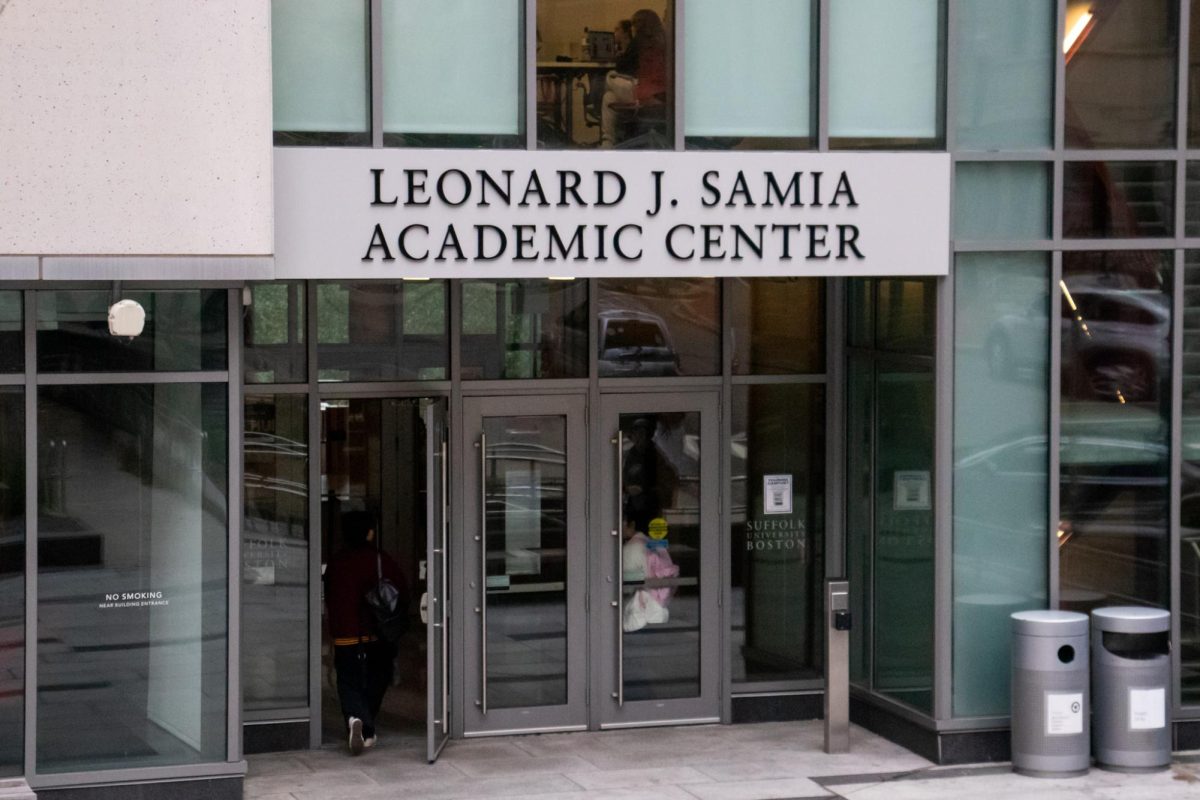Jason Kenosky
Journal Contributor
School is now in session, and you more than likely have purchased your textbooks for the semester. If this is your first year in college, the price for those books may have been a shock. You may not realize it now, but you do have some control over how much you spend on course materials.
The exact mechanism for textbook pricing is a circular finger pointing game that would require its own article to fully explore the reasons. One thing worth mentioning now is that the cost of the average textbook rose at a rate four times that of inflation since 1995; prompting a May 2010 Forbes.com article to cite the cost of textbooks as one of 10 ways in which Americans are being ripped off.
During the first semester of my freshman year, I procrastinated purchasing textbooks until well after the semester began. By waiting I was able to figure out what was absolutely needed and didn’t think much about the costs since I purchased so few books. It was during the second semester of the same year when my perception changed.
As a result of a semester heavy on science and math, I ended up doling out nearly $700 for required books, making me dubious in attempting to do without the books. It turns out that some of what I purchased was suspect and I could have saved nearly $500 in the end, had I known otherwise.
These include a chemistry bundle that contained a solutions manual I am convinced was designed for an entirely different book; a math book bundle that included an online access key and supplemental CD, none of which were needed or used; and a special school edition of a biology book that I bought from the college bookstore at full price because a) there was no other avenue for purchase, and b) I was duped into believing that the book was somehow different over the regular edition. It wasn’t.
One of my professors overheard me griping about the costs of these books and asked why I hadn’t considered purchasing older editions. Well, I didn’t realize that was an option. As a professor who used the same title for his course each year, he was well versed in the differences between editions. He pointed out that the difference between a current and previous edition was generally trivial, with the previous edition being available for a fraction of the cost of the newer copy.
As someone paying his own way through college, I am more alert to how much I spend on course materials. While I occasionally bite the bullet and purchase something from the college bookstore, I usually take alternative measures in securing necessary materials. How you purchase your textbooks is up to you. But if your budget is stretched thin, or you would rather spend your money elsewhere, here is a list of alternative ways to save on textbooks.
Rent the book. There was a point in time, perhaps until the end of the 1980s, when students’ textbooks became a permanent part of their personal library. Those days are long gone as the modern college student sees little reason to keep a textbook longer than the length of the course. Through the action of buying and selling textbooks, students are essentially renting them anyway, with the monetary difference being the rental price. There are, however, some cons in renting. A $100 book (new) can be rented for around $50. While the student is saving $50, that student is also out $50. That $100 book has the potential to be sold online for $80 to $90, putting the loss to the student at only $20.
Buy used. This seems like a no-brainer, although some students do not want a book that has already been marked up and highlighted. Buying used books online is always cheaper than buying used from the bookstore, but keep in mind that sometimes the savings may be miniscule when you factor in postage. Also remember that you get what you pay for, so there is a chance you’ll receive damaged goods.
Buy an older edition. This is my preferred method. Generally, the difference between new and previous editions is the layout of the chapters and cover design. It has been my experience that the material is, for the most part, word-for-word between the two. Most previous editions can be found online at a significant price difference. My organic chemistry book is listed in the bookstore at $233 new ($174.75 used) for the second edition. I bought the first edition online for under $10, including postage. Aside from a different cover and page layout, the information between the two editions is identical.
Use the Internet. Practically every bit of information in your textbooks can be found online. To use my organic chemistry course as an example, St. Olaf College has an Organic Chemistry Tool Kit webpage that covers all the bases including a link to a virtual textbook, study materials, and practice problems.
And if all else fails, there is always the college library.







